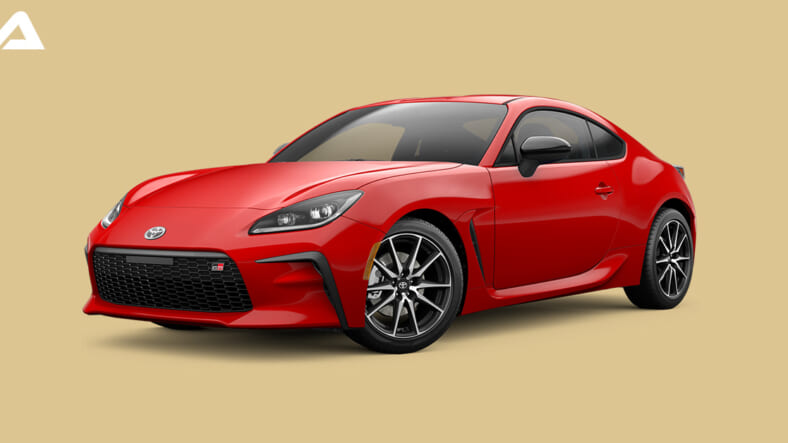The Toyota GR86 Sports Car Now Has Turbo Charging, But There Is A Catch
Any fan of the Scion FR-S, Subaru BRZ, or Toyota GR86 will be familiar with the clamour for turbocharging that […]

Any fan of the Scion FR-S, Subaru BRZ, or Toyota GR86 will be familiar with the clamour for turbocharging that has accompanied the twins’ development. Unfortunately, Toyota is so set that the automaker will not even consider adding a turbocharger to the sports car’s standard flat-four engine. Even though the second-generation GR86 has a larger engine with more horsepower, turbofans will only be content with a turbocharged motor. The news that Toyota has produced a turbocharged GR86 fills us with joy and sadness. There are certain exceptions.
A small number of turbocharged Toyota 86s has been manufactured, according to CarSales.com.au. However, the new GR Corolla’s turbocharged I-3 engine is extreme. The 1.6-litre motor packs a lot of punch. The GR Yaris and (eventually) our GR Corolla benefit from this “relentless” and torquey friend. Up to 300 horsepower and 295 lb-ft of torque may be produced. As a comparison, the 2.4-litre GR86 produces 228 horsepower and 184 lb-ft of torque. This is because turbocharged engines are very small and lightweight, although strong.
What exactly is Toyota doing? This does not seem like a consumer I-3 GR86 test. To research and test carbon-free fuels, Toyota plans to race these vehicles in Japan’s Super Taikyu series. The rumour is it will employ an in-house I-3 motor rather than Subaru’s H-4. This is necessary to ensure the reliability of its engines and supporting components.
If the 86’s engine can be utilised in racing, CarSales naturally followed up with the issue of whether or not the GR86 or the I-3 would be made available to the public. However, chief engineer Naoyuki Sakamoto said that a turbocharged GR86 is being considered at Gazoo Racing.
If the GR’s I-3 were installed in the 86, 86’s head engineer, Tetsuya Taka, would undoubtedly get into an internal philosophical dispute with him. He stresses the need for harmony between brute force and skill. So what he wanted, he got. As a result, the 86 and its descendants have always been cheap rear-drive coupes with high-quality handling and plenty of power.
Maybe he may be persuaded to change his mind by the thrilling and domestic GR 1.6-liter I-3. All of us should pray that Sakamoto manages to cheer up Tada and get him into his Frankenstein GR86s as possible. A disappointing but interesting chapter in the lengthy turbocharged-86 drama. 86 head engineer Tetsuya Tada is particular about keeping a specific balance between driving and power characteristics; thus, fitting the GR’s I-3 into 86 will require an internal philosophical debate.
Thus far, he has been granted his dream since the 86 and its relatives are, and have always been, reasonably priced rear-drive coupes with moderate power, great handling, and the directness only a turbocharged engine can deliver. Maybe he may be persuaded to change his mind by the thrilling and domestic GR 1.6-liter I-3. We can only hope that Sakamoto successfully puts a large enough grin on Tada’s face with one of his Frankenstein GR86s to win him over. The lengthy tale of turbocharging the 86 had this enticing yet frustrating addendum until then.
